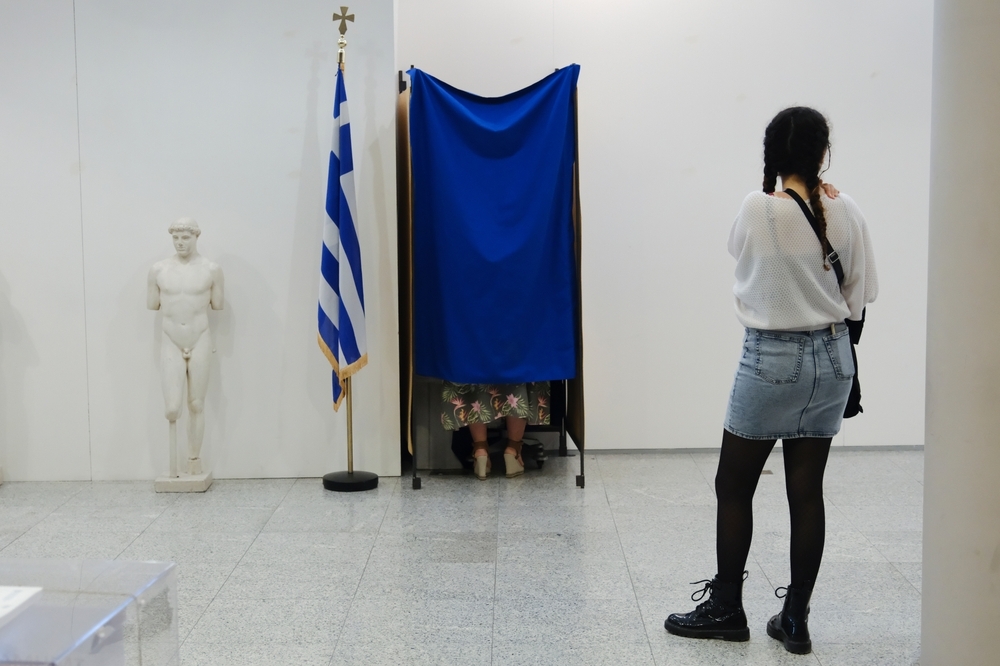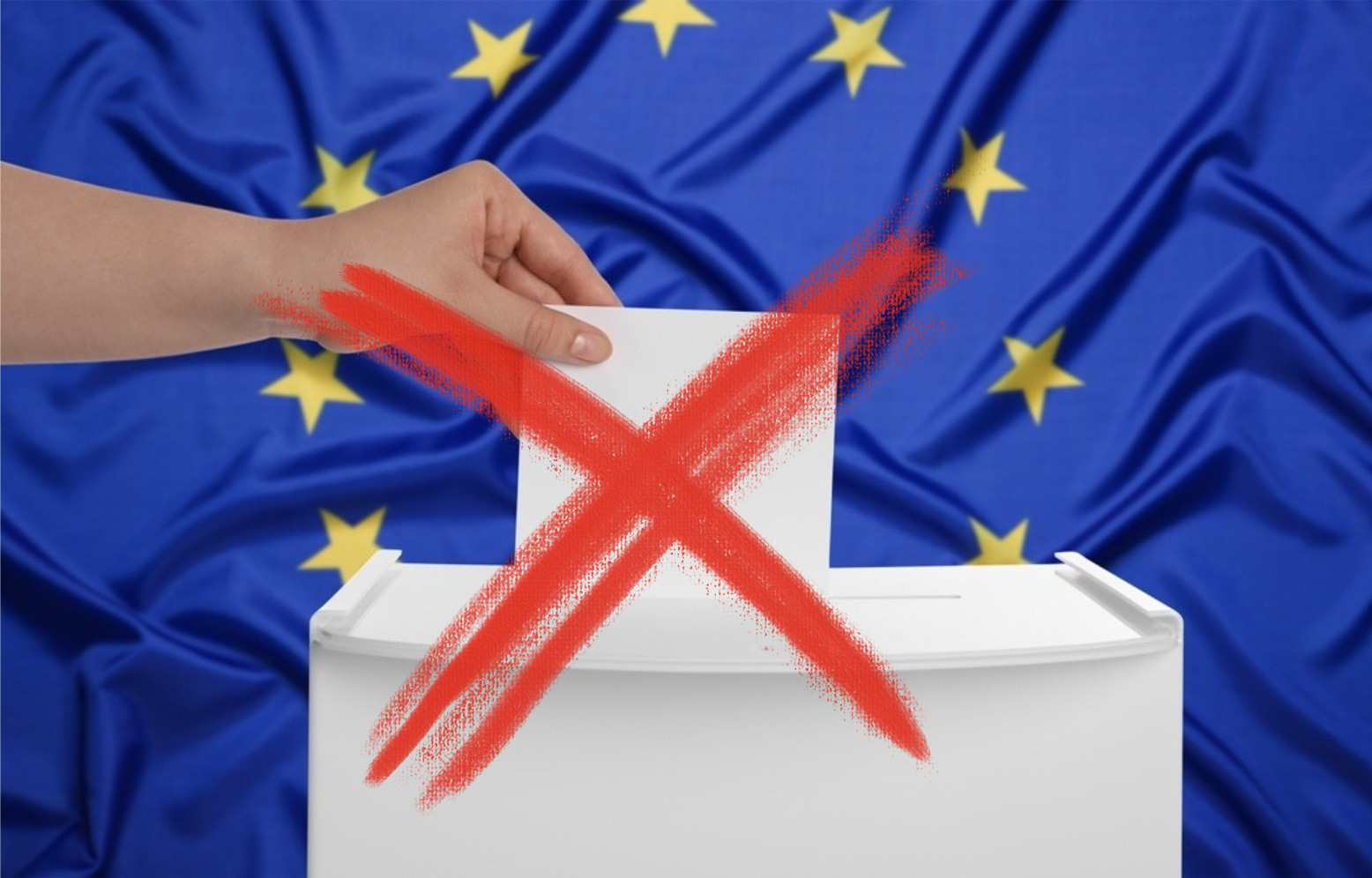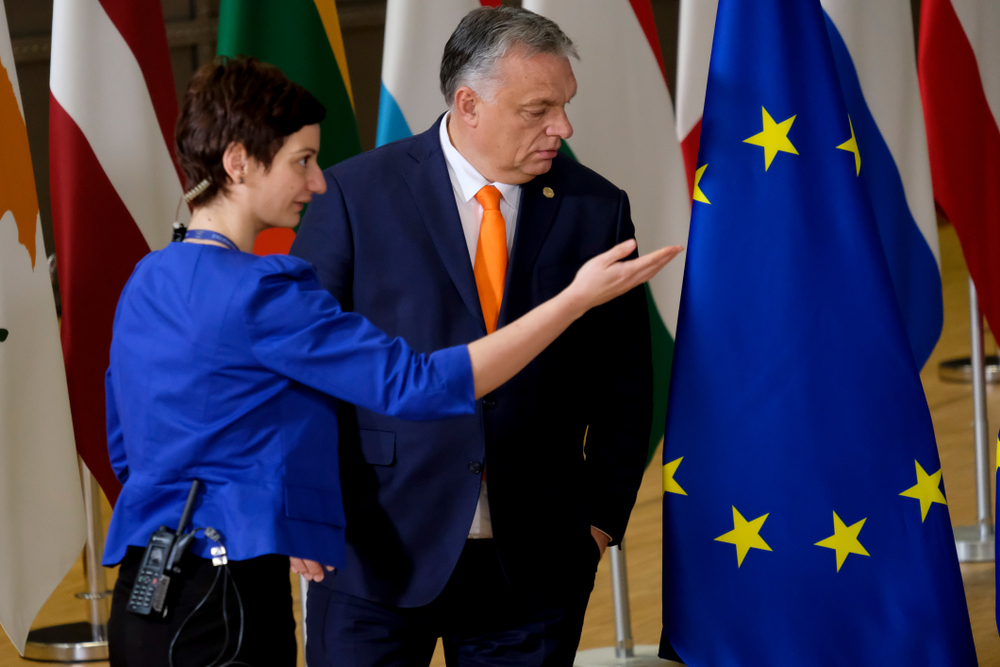The non-voter time bomb

unnamed (2)
© Nogueira Lopes | Divergente
Increasing numbers of Europeans choose not to vote: a quarter don’t participate in any type of election and nearly half don’t vote for representatives of the European Parliament. The non-voter time bomb is a data-driven journalism feature that profiles voter abstention across the European Union (EU) over the last 50 years and analyses it according to different demographic and socioeconomic indicators for each of the 27 member states. Do people vote less in countries with higher levels of inequality? Do university studies influence people’s voting record? Is abstention lower in places where salaries are higher? These are some of the questions this feature answers.
Main findings:
- Regarding EU parliament elections:
- Overall, the lowest voter turnout is seen in the European elections. In Northern Europe, all countries have abstention rates over 45%, while in Southern Europe, more than half of the countries have an abstention rate lower than 45%. In most EU countries, over half the electorate do not vote.
- The lower the average salary in a country, the greater the rate of abstention. Abstention is higher in countries where a greater proportion of the population work in the industrial sector.
- The Netherlands is the only one of the EEC founding countries with an abstention rate of over 50%.
- Regarding national elections:
- Europeans vote more in elections for their heads of government than in any other election. Still, more than 30% of Europeans chose not to vote in the most recent head of government elections.
- Voter turnout is lower in countries with higher levels of inequality and in countries where a greater proportion of the population work in agriculture and fishing. It is higher in countries where the average salary is higher and where a greater proportion of the population work in the services sector.
- Two times fewer people vote in countries from Eastern Europe than from Central Europe. In Romania, Bulgaria, Croatia and Lithuania, more than half the electorate chose not to vote in the most recent elections for the head of government.
- Regarding local elections:
- France was the country with the highest rate of abstention in the most recent local elections: six in every ten French people didn’t vote. More than 60% of voters in Czechia, Latvia and France didn’t vote in the most recent local elections.
- Voter turnout is lower in countries where a greater proportion of the population work in the industrial sector and higher in countries where a greater proportion of the population work in the services sector. The lower the average salary, the greater the rate of abstention.
Explore the website:
Other stories
Although abstention from European elections remained essentially stable in the European Union as a whole compared to 2019, in Greece, it increased by 17.3 percentage points from the previous European elections, reaching 58.61% —meaning that for the first time in our country, abstainers outnumbered participants.
June 21, 2024
Pod črto have analysed the systemic reasons why almost one in two Europeans chooses not to vote.
June 20, 2024
Non-voters are older, poor and less educated: this is the profile that emerges from an analysis of socio-economic data from Italian municipalities with abstention levels over 60 percent in 2019 and 2022.
June 13, 2024
Young people in all EU countries were asked by a recently published Eurobarometer survey whether they would vote in the upcoming European Parliament elections and what other ways - if in any - they would participate in political and social life. On a European level the results are encouraging, for Hungary, not as much.
May 23, 2024
Among the causes is “voter fatigue”, but also a latent conflict between Euroscepticism and pro-Europeanism.
March 19, 2024
In the 2019 and 2022 legislative elections, five in ten Portuguese voters did not go to the polls, and there is a general trend towards increased abstention rates. This increase can be attributed to factors such as inequality, low salaries and lower levels of education.
March 1, 2024
The next European Parliament elections are scheduled for 2024. In Hungary, the government plans to merge them with local elections. Ahead of this change, we looked at how many Hungarians have turned out to vote so far, in which municipalities, and where voters have shown the least interest in the future of the European Parliament.
March 1, 2023
The data unit
 Luciana Maruta (Divergente, coordinator) is a journalist working as an investigative reporter at Divergente, a digital magazine of narrative journalism focused on immersive multimedia features.
Luciana Maruta (Divergente, coordinator) is a journalist working as an investigative reporter at Divergente, a digital magazine of narrative journalism focused on immersive multimedia features.
















